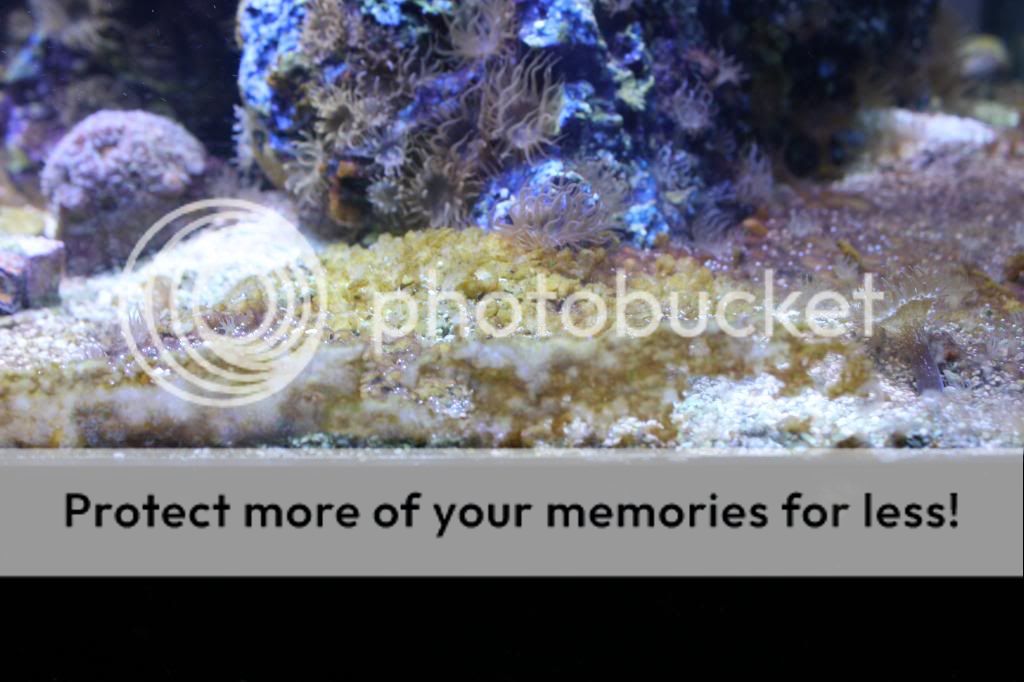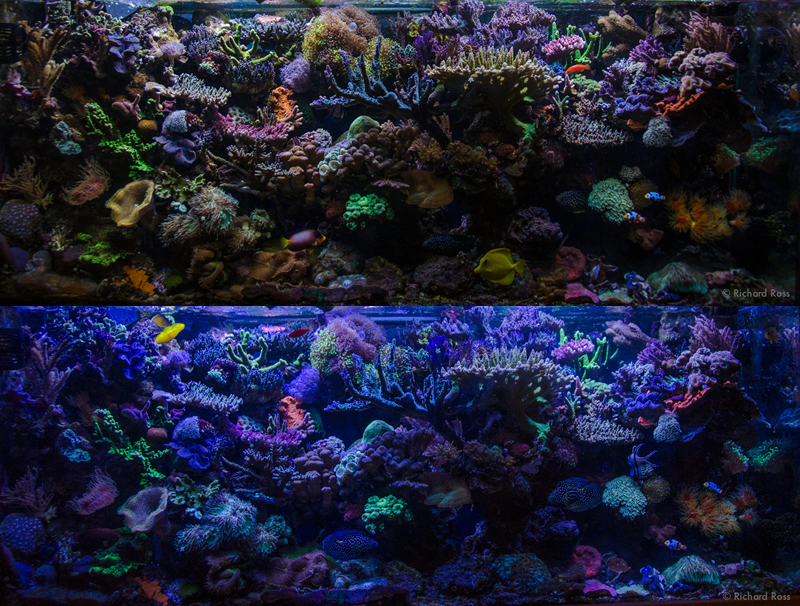Thanks, Tom.
Here's an article that might be interesting with respect to growth:
http://www.sciencedirect.com/science/article/pii/S0022098111004588#
Effects of phosphate on growth and skeletal density in the scleractinian coral Acropora muricata: A controlled experimental approach
They tested phosphate up to 0.5 ppm, and found that the highest growth happened at the highest phosphate concentration.
From it:
"Phosphate concentration produced no visible effects of stress on the corals, as indicated by polyp extension and lack of mortality. It is suggested that the phosphate enhanced growth was due to increased zooxanthellar populations and photosynthetic production within the coral. Skeletal density reduction may be due to phosphate binding at the calcifying surface and the creation of a porous and structurally weaker calcium carbonate/calcium phosphate skeleton. Increased phosphate concentrations, often characteristic of eutrophic conditions, caused increased coral growth but also a more brittle skeleton. The latter is likely more susceptible to breakage and damage from other destructive forces (e.g., bioerosion) and makes increased coral growth a poor indicator of reef health."
Here's an article that might be interesting with respect to growth:
http://www.sciencedirect.com/science/article/pii/S0022098111004588#
Effects of phosphate on growth and skeletal density in the scleractinian coral Acropora muricata: A controlled experimental approach
They tested phosphate up to 0.5 ppm, and found that the highest growth happened at the highest phosphate concentration.
From it:
"Phosphate concentration produced no visible effects of stress on the corals, as indicated by polyp extension and lack of mortality. It is suggested that the phosphate enhanced growth was due to increased zooxanthellar populations and photosynthetic production within the coral. Skeletal density reduction may be due to phosphate binding at the calcifying surface and the creation of a porous and structurally weaker calcium carbonate/calcium phosphate skeleton. Increased phosphate concentrations, often characteristic of eutrophic conditions, caused increased coral growth but also a more brittle skeleton. The latter is likely more susceptible to breakage and damage from other destructive forces (e.g., bioerosion) and makes increased coral growth a poor indicator of reef health."



